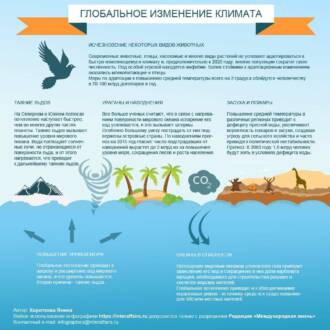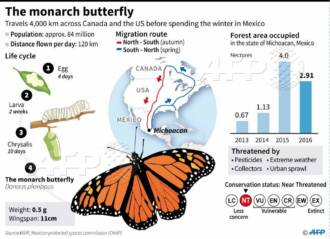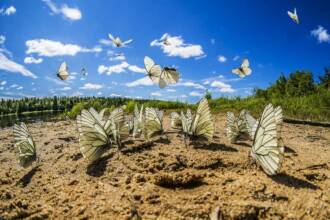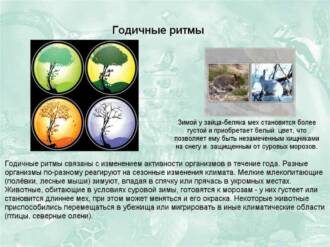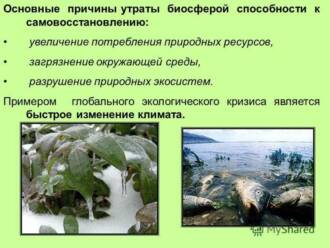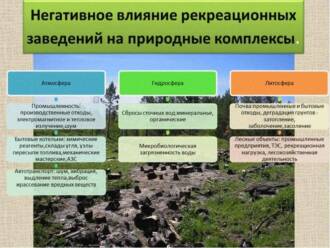
butterflies are some of the most beautiful and diverse creatures on the planet. They have a unique coloration and unique patterns on their wings. But not only aesthetic value makes butterflies interesting for research. They also serve as important indicators of climate change and ecological balance.
Global warming is one of the main problems of our time. Every year the planet warms up more and more, and this has a serious impact on the animal and plant world. Butterflies, as one of the most sensitive organisms to environmental changes, reflect these changes in their behavior and distribution.
Research shows that global warming is affecting butterfly migration. They change their migratory routes to cooler regions where the temperature allows them to survive. In addition, some species of butterflies begin to appear earlier than usual due to the increase in average temperatures in spring. These changes in the behavior of butterflies indicate an imbalance in the ecosystem and can serve as a warning of future problems.
In addition, global warming affects the availability of food for butterflies. Climate change entails a change in the distribution of plants that serve as a food source for butterfly larvae. If plants are no longer available in certain regions, this can lead to a decrease in the population of butterflies or even their extinction.
Impact of climate change on butterflies
Climate change has a significant impact on butterflies and their behavior. One of the main factors affecting butterflies is temperature. An increase in temperature entails a change in the life cycle of butterflies. For example, some species may start their development earlier than usual due to warmer spring temperatures.
Climate change also affects the migration of butterflies. Many species of butterflies migrate long distances, moving from one region to another. However, given climate change, the migratory routes of butterflies may change. Changes in temperature and food availability can lead to changes in the direction and duration of migration.
It is important to note that climate change may also change the distribution of butterflies. Some butterfly species may be more resilient to climate change and continue to spread to new regions. At the same time, other species may face a lack of suitable conditions and be limited in their distribution.
Climate change may also affect how butterflies interact with other species and their role in the ecosystem. For example, climate change may change the availability and distribution of plants that provide food for butterflies. This can affect food chains and interactions between butterflies and other organisms in the ecosystem.
Climate Change and Butterfly Behavior

Climate change is affecting the behavior and distribution of butterflies, which are important indicators of the environment. Global warming leads to a change in temperature conditions and seasonality, which has a significant impact on the life of these insects.
In the face of global warming, butterflies are changing their habitual migration paths and reproduction times. They become more mobile in order to look for suitable conditions for reproduction and feeding. Some species may shorten their migration to avoid areas that are unsuitable for them.
Global warming also affects the distribution of plants that are the food source for butterflies during their larval stage. Changes in vegetation can reduce available food sources and lead to poor breeding conditions for butterflies.
Higher temperatures and changing seasonality also affect the length of the butterfly's life cycle. Warmer winters can cause butterflies to emerge from their pupae early, which can create additional problems for their survival.
The spread of butterflies in the face of global warming
Butterflies are among the most sensitive animals to climate change. Global warming affects their distribution, behavior and interaction with other organisms in the ecosystem. With changing climatic conditions, butterflies are forced to adapt to new realities, which can lead to shifts in their geographical distribution.
One of the main factors affecting the distribution of butterflies is the change in temperature conditions. Under the influence of global warming, some species of butterflies may move to colder regions where they were previously unsuitable for their habitat. At the same time, other species may face a reduction in their range and the disappearance of their usual habitats.
An important aspect of changing the distribution of butterflies under global warming is their interaction with the plants on which they breed and feed. With climate change, some plants may change their phenology, i.e. periods of flowering and fruit ripening. This can lead to a discrepancy between moth activity time and food availability, which negatively affects moth survival and reproduction.
Changing the distribution of butterflies in the face of global warming has major implications for biodiversity and the ecosystem services they provide. Butterflies are important pollinators of plants, and are also valuable in their own right as objects of study and environmental assessment. Therefore, understanding and predicting changes in the distribution of butterflies in the face of global warming is an important task for scientific research and conservation.
Butterfly adaptation to climate change
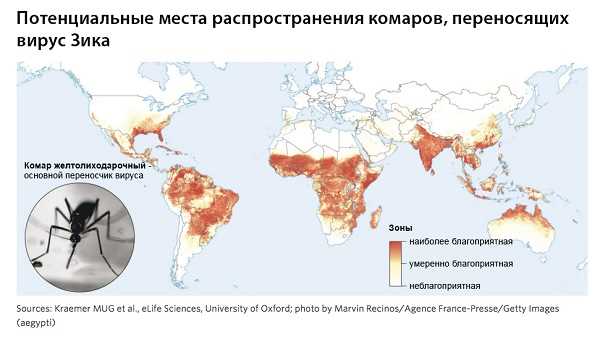
Butterflies are one of the most sensitive groups of insects to climate change. They are able to adapt to new conditions, but this process can be difficult and time consuming.
Distribution change
With global warming, butterflies are changing their distribution. Some species expand their range by moving north or into the mountains in search of more comfortable conditions. Other species, on the contrary, narrow their range, as they cannot tolerate new conditions.
Change activity time
Butterflies also change their activity times due to climate change. Some species start appearing earlier in spring and later in autumn to avoid extreme temperatures. Other species, on the contrary, become active earlier or later in the day to avoid heat or cold.
Behavior change
Butterflies also change their behavior in response to climate change. Some species change their migration routes or choose new places to lay their eggs and forage for food. This allows them to survive in new conditions and maintain populations.
Vulnerability and protection
Some butterfly species may be particularly vulnerable to climate change due to their specialization in certain plants or ecosystems. To protect butterflies and their habitats, it is important to preserve the diversity of ecosystems and limit the impact of global warming.
Ecological role of butterflies in the context of global warming
Butterflies play an important ecological role in the face of global warming. They are important pollinators of plants, contributing to the conservation of biodiversity and the functioning of ecosystems. Due to their behavior and ability to migrate long distances, butterflies can be indicators of climate change and help scientists study and predict the effects of global warming.
Butterflies are important pollinators for many plants, especially flowering plants. They carry pollen between plants, facilitating plant reproduction and maintaining genetic diversity. In the face of global warming, climate change may affect the flowering of plants, and this in turn may affect the availability of food for butterflies. Some butterfly species may be specialized for certain types of plants, and climate change may lead to a change in food availability and, ultimately, a decline in butterfly populations and a deterioration in their pollinator function.
Butterflies can also be indicators of climate change. Their behavior and migrations may change in response to changes in temperature and food availability. For example, some species of butterflies may start migrating north to avoid too hot climates. Studying butterfly migration could help scientists identify patterns of climate change and predict its effects on other species.
In general, butterflies play an important role in ecosystems and their behavior and distribution can be used as indicators of climate change. Understanding and conserving butterflies and their place in the ecosystem is an important task for the conservation of biodiversity and ecosystem resilience in the face of global warming.
Butterfly interactions with other species under climate change
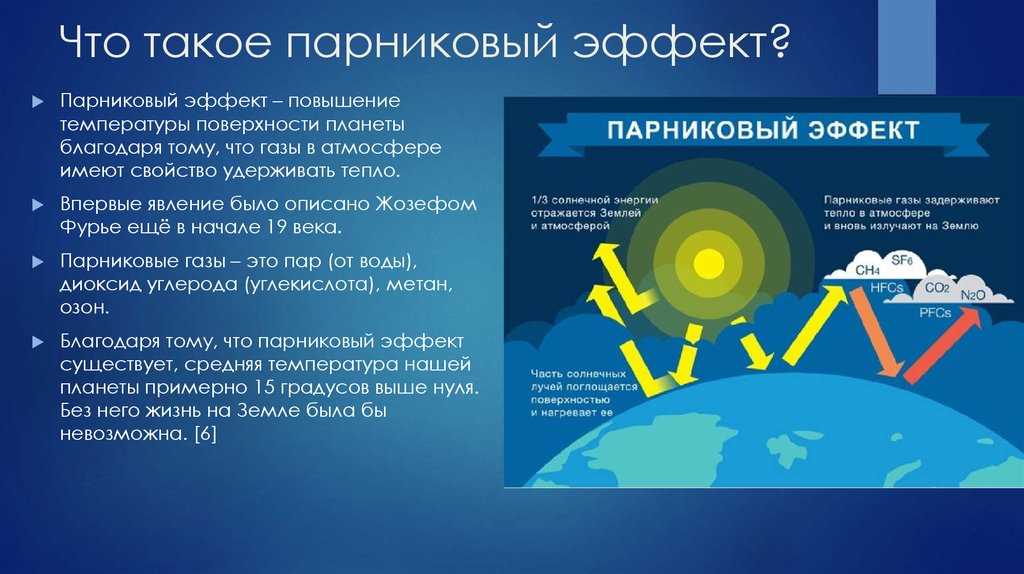
Butterflies play an important role in the ecosystem and interact with other species, which can be significantly affected in the face of climate change. One of the important aspects of the interaction of butterflies is their role in the pollination of plants. Butterflies, like many other insects, are important pollinators of flowering plants. They carry pollen from one flower to another, helping plants reproduce. However, climate change may affect the distribution and activity of butterflies, which may adversely affect the pollination of plants and, ultimately, the diversity of the plant world.
Butterfly interactions with other species also manifested in their role in the food chain. Butterflies are food for many predatory animals, including birds, bats, and insectivorous insects. Climate change may change the distribution of butterflies and therefore change their availability as food for these predators. This can affect predator populations and change the dynamics of food chains in an ecosystem.
In addition, butterflies also interact with other insects, including competing species. Under the conditions of climate change, some species of butterflies may be replaced by others that are more adapted to new conditions. This may lead to changes in the biodiversity and structure of insect communities.
Thus, the interaction of butterflies with other species plays an important role in the ecosystem and can be significantly changed in the face of climate change. This can have far-reaching implications for biodiversity and the functioning of the ecosystem as a whole.
Impact of global warming on butterfly migration

Global warming has a significant impact on butterfly migration. Changing climatic conditions caused by global warming are leading to shifts in the distribution and behavior of butterflies, as well as changes in their migration routes and migration times.
Distribution change: Global warming may change the distribution of butterflies, as they may move to new regions where there were previously unsuitable conditions for their habitat. Some species of butterflies may expand their range northward or into mountainous regions where it is now warm enough for them to exist.
Behavior change: Global warming also affects the behavior of butterflies, including the time of activity, foraging and reproduction. Changing temperature conditions can lead to a change in the time when butterflies come out of lethargy and begin to actively fly and search for food. In addition, butterflies can change their behavior in search of more favorable conditions for reproduction and survival.
Changing migration routes and migration times: Global warming may lead to shifts in the migratory paths of butterflies. Changing climatic conditions can create new migration routes or lead to a reduction or increase in the distance that butterflies travel during migration. In addition, temperature changes can also affect the migration time, shortening or lengthening it.
In general, global warming has a significant impact on the migration of butterflies, changing their distribution, behavior, migration routes and timing of migration. These changes may have long-term consequences for the butterfly population and the ecosystems in which they exist.
Butterflies as indicators of climate change

Butterflies are among the most sensitive and reactive creatures on the planet, and their behavior and distribution are often an important indicator of climate change. The study of butterflies allows you to learn about how climate change affects the diversity of living organisms and the ecosystem as a whole.
Butterfly behavior can change significantly under the influence of climate. For example, some butterfly species migrate in response to changes in temperature and food availability. Studying such migrations helps scientists understand how climate change affects butterfly populations and their ability to adapt to new conditions.
Butterfly spread can also serve as an important indicator of climate change. Some butterfly species may move to new regions due to climate change, while other species may disappear from their historical habitats. Studying these changes in species distribution helps scientists predict future changes in ecosystems and assess their resilience to global warming.
To more accurately assess climate change and its impact on butterflies, scientists need to collect and analyze more data on the behavior and distribution of these insects. The study of butterflies as indicators of climate change can help us better understand and predict the effects of global warming and take appropriate action to conserve biodiversity and ecosystems in general.
Butterfly Biodiversity Conservation Under Global Warming

Butterflies are important indicators of climate change and can be useful in assessing the impact of global warming on ecosystems. Due to changing temperature conditions and precipitation patterns, the distribution and behavior of butterflies can change significantly. This can lead to a reduction in biodiversity and the threat of extinction of certain species.
To preserve the biodiversity of butterflies in the face of global warming, a number of measures must be taken. First, it is important to preserve and restore their natural habitats such as grasslands, fields, forests and gardens. This can be achieved through the creation and protection of nature reserves, parks and other natural areas.
Secondly, it is necessary to carry out research that will allow a better understanding of the impact of global warming on butterflies. This will allow the development of effective adaptation and protection strategies. Research should include monitoring the distribution, behavior and abundance of butterflies, as well as studying their interactions with other organisms and ecosystems.
It is also important to pay attention to the conservation of plants that serve as food for caterpillars and nectar for adult butterflies. Establishing dedicated gardens with breeding and feeding areas can help conserve butterfly biodiversity. It is important to choose native plant species that are adapted to local conditions and can withstand climate change.
In general, the conservation of butterfly biodiversity in the face of global warming requires an integrated approach, including the protection and restoration of habitats, research and the creation of special gardens. This is the only way to ensure the preservation of these beautiful and important creatures of nature.
Measures to protect and conserve butterflies in the face of climate change

Climate change has a negative impact on many species of butterflies, so measures are needed to protect and conserve them.
1. Creation and conservation of butterflies
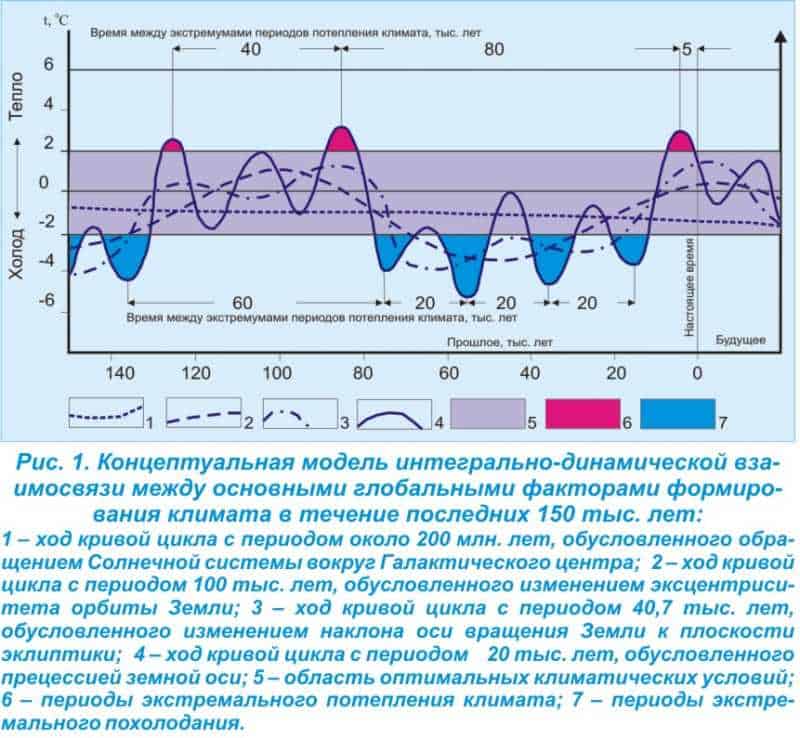
Butterflylands are vital breeding and feeding grounds for butterflies. To ensure their conservation, it is necessary to create and protect a variety of ecosystems, including elements such as flower fields, meadows, forest areas and water sources. This will allow the butterflies to have access to food and shelter.
2. Support for butterfly migration
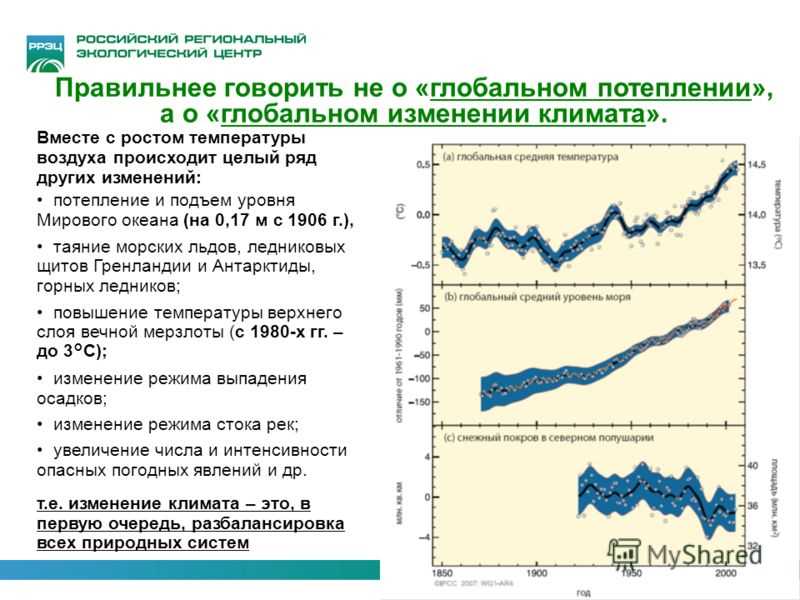
Migration is an important part of the life cycle of many butterfly species. In a changing climate, it is necessary to create and maintain migration routes, providing access to food and shelter along the migration route. In addition, it is necessary to control the use of pesticides and other substances that can negatively affect butterflies and their migration.
3. Formation of reserves and national parks

The formation of nature reserves and national parks is an effective way to conserve biodiversity, including butterflies. Protecting and protecting the natural areas where various species of butterflies live will allow them to maintain their populations and explore their behavior in a changing climate.
4. Monitoring and research

To effectively protect and conserve butterflies, it is necessary to monitor and study their populations and behavior in a changing climate. This will make it possible to more accurately determine the factors affecting their abundance and distribution, and to take appropriate measures for their conservation.
The application of these measures for the protection and conservation of butterflies in the face of climate change will help preserve their biodiversity, as well as serve as indicators of climate change in general.

